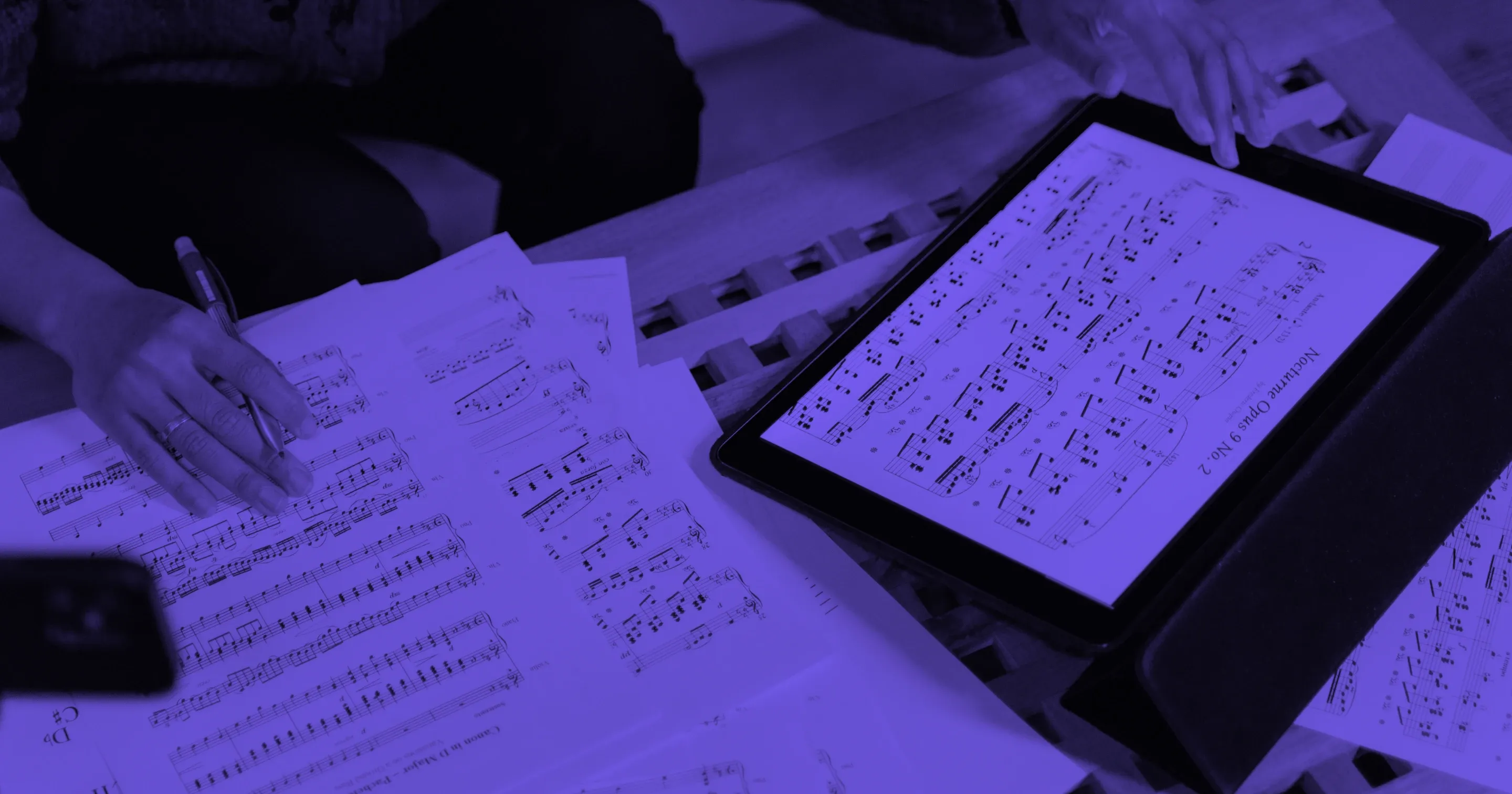
The Locrian Mode: A Guide to Music's Darkest, Most Dissonant Sound
Learn how to use the Locrian mode, music's most dissonant scale. This guide covers the theory, chords, and practical uses for creating tension in metal, jazz, and film scores.
Introduction
The Locrian mode is the outcast of the musical mode family. It’s the sound you hear in heavy metal riffs, tense film scores, and complex jazz fusion when the goal is to make the listener feel on edge.
What makes Locrian so different? It has a feature that no other mode does: a deeply unstable tonic chord. This is because its fifth degree is flattened, creating a"diminished"fifth. This single alternation is the source of all its dark, unresolved power. It's the reason why Locrian sounds so tense and why it can be tricky to use.
But"tricky"doesn't mean"unusable."Think of Locrian not as a broken scale, but as a unique spice. You wouldn't make a whole meal out of it, but when you need a specific flavor of pure tension, nothing else will do.
This guide will break down the Locrian mode in simple terms. We'll look at how it's built, why it sounds so unstable, and most importantly, how you can use it to create powerful moments in your music.
If you’re just starting with modes, we recommend checking out our general guide,"Master Music Modes", for a complete overview. \
How to Build the Locrian Scale: Two Simple Methods
Understanding Locrian is easy once you know its origins. There are two main ways to approach it.
Method 1: The Major Scale Connection (Finding the 7th Degree)
The easiest way to find any mode is to relate it to the major scale ( Ionian mode ). The Locrian mode is the seventh mode of any major scale.
This means you can take all the notes of a major scale you already know and just start playing from the seventh note.
Let's use the C Major scale as an example: C – D – E – F – G – A – B – C
The seventh note is B. If we play the same notes but start and end on B, we get B Locrian:
B – C – D – E – F – G – A – B
Even though it uses the same notes as C Major, re-centering everything around B is what creates all that tension. You’re essentially taking the note that wants to resolve most strongly back to C and making it the foundation and harmonic center, which is what makes it feel so unsettled.
Method 2: The Interval Formula (Building It From Scratch)
The other way to build Locrian, which helps you really understand its unique sound, is to learn its specific pattern of whole (W) and half (H) steps:
H - W - W - H - W - W - W (Half - Whole - Whole - Half - Whole - Whole - Whole)
Let's compare it to the natural minor scale to see what makes Locrian even darker. We’ll use B as our root note again.
Look closely, and you'll see Locrian is like a natural minor scale but with a flattened 2nd (C) and a flattened 5th (F). That b5 is the most critical difference.
Why the Diminished Fifth Changes Everything
The most critical feature of the Locrian mode is its diminished fifth (b5). This interval (also called a tritone) is famously dissonant and creates a tense, jarring sound.
Here’s why that matters so much: In every other mode, the"home"chord (the tonic) is either major or minor, both of which feel stable and resolved. But because of the b5, the tonic chord in Locrian is diminished.
A diminished chord is packed with tension. It doesn't sound like a resting point; it sounds like it needs to go somewhere else. This is why you can't write a traditional pop song in Locrian that resolves nicely. Its purpose is to create tension, not release it.
Building Locrian in Different Keys
Let's use the H-W-W-H-W-W-W pattern from a few different starting notes:
Try building a few yourself, starting on C, G, and F#. This is the best way to get comfortable with its structure.
When Should I Use Locrian Mode?
Locrian is a specialized tool. You're not building a house with it, but you might use it to smash a window. Reach for it when you need to create:
Avoid it when you want to write a memorable, singable melody or any progression that needs to feel stable and resolved. Locrian is more an agent of chaos than a mode for sweeping melodic work.
While learning modes by relating them to a relative parent scale (like finding B Locrian from C Major) is excellent for understanding the theory, it's not how they are typically used in practice.
In actual songwriting and improvisation, musicians think in parallel. This means they treat modes as different"flavors"of the same root note.
For instance, while B Locrian contains the same notes as C Major, a musician is far more likely to use B Locrian as a dark, tense variation of B Minor, rather than thinking about C Major at all. You're altering your “B” key scale, not borrowing from “C”.
Chords in the Locrian Mode
The chords built from Locrian create a palette of dissonant colors rather than a functional progression.
Key Takeaways for Locrian Harmony:
Music that relies on chords tends not to use the Locrian mode. Metal riffs can be centered around a b2 and b5, but they often resolve to some stability using power chords. For that reason, many argue that there aren’t really any songs in Locrian mode, but instead tend to be in Phrygian with the occasional flattened fifth.
One song that’s often cited as being in Locrian mode is “Army of Me” by Björk, but not everyone agrees with this assessment. The iconic, grinding bassline gives the track its relentless feel. It’s reminiscent less of a pop song and more akin to a film score, like the music in “Tunnel Chase” by Brad Fidel from The Terminator.
Conclusion: Master Locrian Mode
The Locrian mode might be the black sheep of music theory, but it’s a powerful tool once you understand its purpose.
Embrace its instability, instead of trying to make it sound pretty, lean into its dark and chaotic nature. When you need to create a moment of pure, unresolved tension in your music, you’ll know exactly which tool to reach for.
Explore and master the remaining modes with our comprehensive article on the Musiversal blog.
Your Music, No Limits.
Join the Waitlist